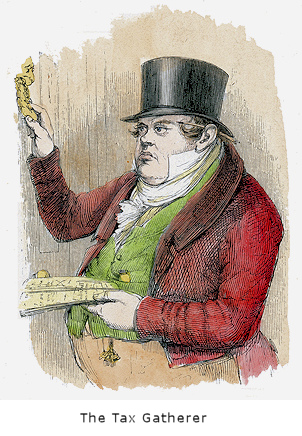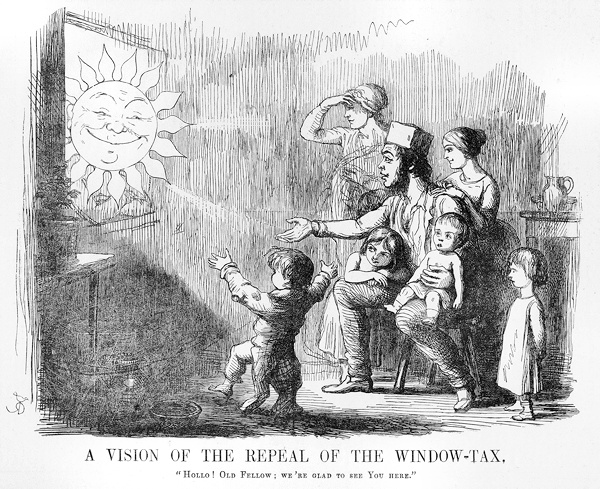 |
|
| News About Us Membership Events Links |
|
Daylight RobberyThe Window Tax, implemented in England from the late 17th century onwards, was a unique and rather unpopular taxation scheme that targeted the number of windows in a property as an indicator of wealth. It was introduced in 1696 during the reign of King William III as a means to generate additional revenues, for the government, which was often in need of funds for various wars and other expenses.
The tax was collected by local officials, who would go from house to house and count the number of windows. Being deeply unpopular the tax led to some unintended consequences. Many homeowners bricked up their windows to reduce their tax liability, resulting in dark and poorly ventilated living spaces. This gave rise to the phrase "daylight robbery" to describe the tax's impact. It also had a negative impact on architecture, as it discouraged the construction of new windows and influenced the design of buildings to minimise the number of windows.
In the mid-19th century, there was a growing campaign to repeal the window tax. The campaign was led by public health experts and social reformers, who argued that the tax was harmful to health and unfair to the poor. The tax was finally repealed in 1851. |
|
|
Home | News | About Us | Membership | Events | Links | Contact | Item of the month | Articles |
| Copyright © The Ephemera Society 2025. All Rights Reserved. |

 Under the Window Tax, property owners were taxed based on the number of windows in their homes, with higher taxes imposed on houses with more windows. This approach was seen as a way to levy taxes on the wealthy, as larger and more luxurious homes tended to have more windows.
Under the Window Tax, property owners were taxed based on the number of windows in their homes, with higher taxes imposed on houses with more windows. This approach was seen as a way to levy taxes on the wealthy, as larger and more luxurious homes tended to have more windows. 